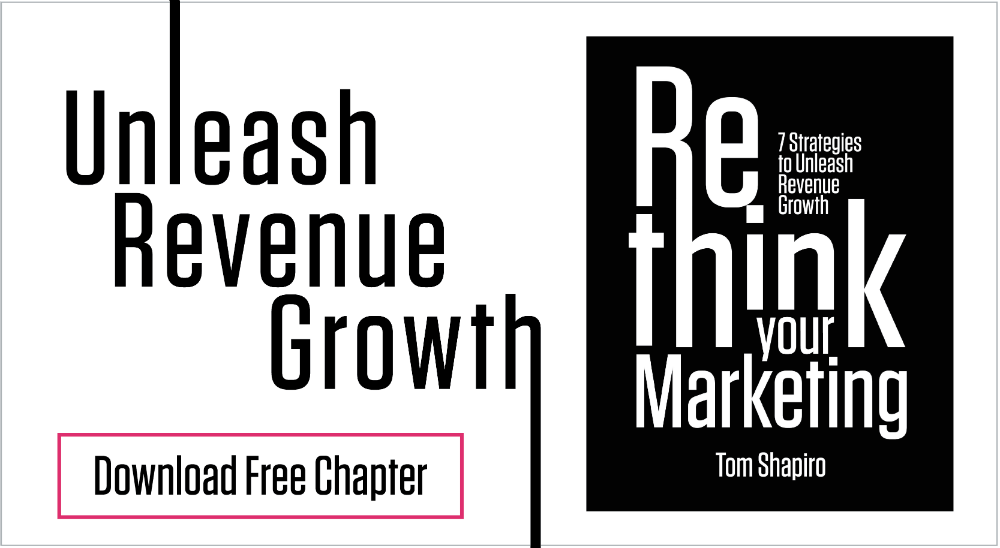5 Effective B2B Content Personalization Strategies

Have you ever received a gift, where it was clear that the gift-giver knew you inside and out, and you melted when you finally took the wrapping paper off? There’s nothing quite like personalization for having a powerful impact.
When you visit a company’s website, you want a similar experience. OK, maybe you won’t melt, but you’ll be fired up when you find a solution that speaks directly to the challenge you’re tackling or the goal you’re trying to reach.
When a B2B business is marketing to its audience, a powerful and effective approach is to personalize its messaging and content. There are many personalization software solutions on the market today, and with marketing automation solutions such as HubSpot, Act-On, SharpSpring, etc., it behooves you to get your personalization motor well-oiled and fine-tuned.
In the report Content Personalization – Content Marketing’s Evolution: The Age of Hyper-Personalization and Automation by Demand Metric and Seismic, 80% of study participants stated that personalized content is more effective than “unpersonalized” content. This should come as no surprise. The report goes on to outline five types of personalization strategies. Here’s a breakdown of each strategy that you can be using in your content marketing:
- Segment-specific: personalized by industry vertical or segment criteria
- Persona-specific: personalized for specific buyer types
- Stage-specific: personalized for a stage of the buying process
- Account-specific: personalized for a specific prospect organization
- Lead-specific: personalized for an individual lead
I find this breakdown to be not only important, but also extremely useful. What prevents some B2B marketers from pursuing a course of content personalization is the notion that it all needs to be automated and based on deep databases of data. Without a doubt, automation enables you to effectively scale a content personalization program, and the more audience data you have, the more sophisticated your personalization can be. But there’s a great deal that you can accomplish regardless. None of this should hold you back if you are just at the beginning of your personalization efforts.
Here is a closer look at the breakdown of personalization methods.
1. Segment-Specific Personalization
This is the most popular type of content personalization. A full 68% of respondents to the Demand Metric/Seismic survey confirmed that they are already customizing content by audience segment. Segment-specific content personalization is arguably the easiest of the personalization methods. You can target by industry, by department, by job title, by benefit, by geography, by behavior, and more.
In your content calendar, ensure that you have tracks for each segment and then be sure to write your content pieces for a specific segment. To scale your efforts efficiently, write a base piece of content where 80% of the content is the same, but then create customized versions for each of your various segments.
2. Persona-Specific Personalization
When we speak at industry conferences around the country, we often ask the audience if they have documented personas. Typically, only 5% of attendees raise their hands. Sometimes it’s a smaller percentage.
If you don’t have documented personas, stop your content activities and document your personas immediately. It’s far easier to generate content with personas in mind, and your content will be much more powerful, persuasive, and effective to boot.
Whether your personas are extremely detailed and data-based, or more anecdotal, the important thing is that you document them. You can then refine them over time as you collect more data, which coincidentally will be much easier when you are distributing content based on personas and gathering persona-specific behavioral and consumption data.
In your content calendar, specify a target persona for each piece of content. Make it fully customized to that persona. Ensure that your calendar has a steady flow of content for each persona and is not overly weighted towards only a single persona.
3. Stage-Specific Personalization
Another personalization technique is to map the customer journey, and then to create content relevant to each step in the process accordingly. In this way, you are answering your prospect’s questions in a highly contextualized manner directly related to the very questions that they need answered in order to progress to the next level in their journey.
This is also an effective technique for ensuring you’re filling the top of your funnel while also addressing the needs of those further along in the buying process, including those on the verge of closing.
Surprisingly, merely 33% of respondents to the Demand Metric / Seismic survey employ stage-specific personalization. With this in mind, you may be able to gain an advantage over your competitor set by capitalizing on the opportunities of stage-specific personalization.
4. Account-Specific Personalization
Account-Based Marketing, or ABM, has been all the rage recently. We are strong believers in the effectiveness of ABM, as well. The idea is that you identify the top accounts you’d like to have as clients, and you target them specifically in your marketing. In other words, instead of marketing to the market and seeing who responds, you proactively target accounts and specific individuals in those accounts by name (e.g., Jane Smith, Director of Human Resources at ABC Company, etc.). By researching as much as possible ahead of time and by enriching your insights over time about each specific account and the individuals involved, your marketing becomes a finely-tuned engine with precision engineering. ABM is one of the most effective targeting methods available, as it’s fully aligned with your business interests.
5. Lead-Specific Personalization
Yet one more way to connect directly with your audience is to craft content that’s specific to your individual leads. This is highly effective, in that you can fully customize the content based on their particular issues. Obviously this is bandwidth intensive depending on your leads flow, but the key here is to look at commonalities across your leads. Most likely, many will be encountering the same problems and issues and have the same goals and objectives. This enables you to leverage a base set of content, customizing as is relevant for each lead. Another optimization technique would be to customize content per lead for only your top, highest quality 20% of leads. Either way, leads-specific content is extremely effective for those who have already engaged with your brand.



